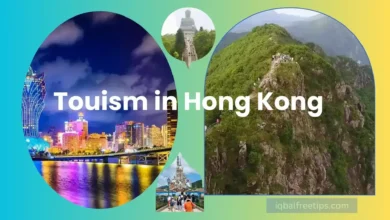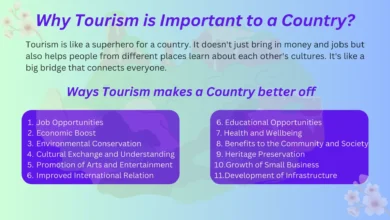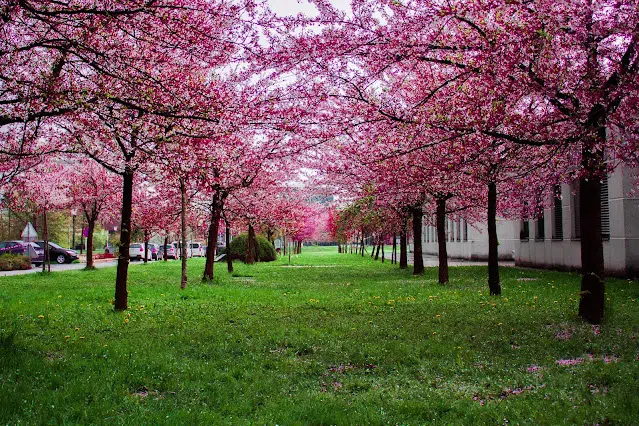
Types of Tourism Products (Natural and Unique Products)
Types of tourism products natural and unique products are not just limited to food but can be in the tourism industry as well. Here are eight types of products that can be used in marketing or advertising to attract people to your natural or unique establishment with the hope of them returning again and again.
1. Hot springs (Natural Product):
Imagine a massive, underground pool of hot water in your very own backyard. According to some estimates, there are over 15,000 geothermal pools in Iceland. If you’re lucky enough to live near one of these natural spas, then consider adding a hot spring onsite or nearby as a convenience product for your hotel or Airbnb property.
It’s hard to imagine a more unique way to unwind after a long day of exploring than soaking in nature’s very own Jacuzzi. While most people will be content with simply relaxing in their private tub, many of these pools also offer massages and other spa services for an additional fee.
Hot springs have been popular tourist attractions since at least Roman times. The earliest settlers built bathhouses around these natural springs, turning them into public spaces where people could come together and relax away from their everyday troubles.
Today, modern hotels and spas continue that tradition by offering both standalone hot springs—such as those found at certain restaurants and ryokans —and seasonal packages which include lodging plus access to on-site baths like at Agua Caliente resort near Palm Springs. Hot springs are just one example of a natural product you can use to create a unique tourism experience for your guests. Other options include:
2. Kayaking (Unique Product):
Kayaking is an outdoor activity usually undertaken on a kayak or a canoe. The word kayak originates from Greenlandic, Inuit language, in which it means hunter’s boat. Kayaking later developed into a recreational sport. It can be performed for transportation, recreation, racing, fitness or daily exercise.
When done on open water, a kayak is propelled by paddles. There are many types of paddles available to suit all skill levels. For example, plastic paddles are easier to use than wooden ones but will not last as long. Paddling with two people requires a double kayak; two people may also share one large one. Paddling with more than one person requires a paddle steamer or a rowboat. If you want to try something new and exciting, give kayaking a try!
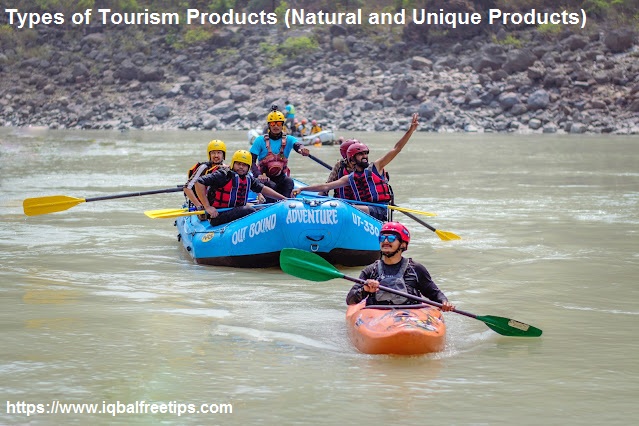 |
| Kayaking |
3. Cooking Classes (Convenience Product):
Cooking classes are a great way to both relax and learn something new. This is a convenience product because participants can attend while they’re on vacation, making it easy for them to fit into their schedules. Classes that focus on specific cuisines can also be tailored to different interests, such as vegetarian or Spanish food.
Cooking classes make guests feel like insiders, with intimate lessons on local traditions. Plus, cooking classes can help tourists avoid eating out every night—which will save money and calories! The best part? It doesn’t matter if you don’t know how to cook. These cooking classes will teach you everything you need to know about preparing your favorite dishes. You may even find yourself using some of these recipes back home!
 |
| Cooking |
4. ATV Tours (Unique Product):
At first glance, ATV tours seem to be nothing special. But in Iceland, they can deliver something no other product can: an adrenaline rush. Yes, it’s a natural attraction that is both unique and enticing to tourists in Iceland. With some of Europe’s most stunning landscapes including lava fields, deserts, grasslands, and volcanoes, there are endless opportunities for Icelandic thrill-seekers. And with hundreds of tour operators offering their services across the country, you’re sure to find a tour that suits your needs.
The best part? It doesn’t matter if you have zero experience—all you need is your own two feet (and maybe a helmet). So why not take advantage of one of Iceland’s top tourist attractions? After all, how often do you get to ride an ATV through volcanic terrain? 1. Sailing trips – A boat trip around a fjord or island may seem pretty standard at first glance, but don’t forget about Sailing trips offer beautiful views of nature, as well as many different opportunities to see whales, dolphins and birds. There are plenty of places where you can rent a boat or join an excursion, but perhaps none more famous than Greenland.
 |
| ATV Tours |
5. Horseback Riding (Natural Product):
Horseback riding is a sport that involves riding on horseback, either for hunting or leisure. It is an equestrian sport, involving training horses by a variety of methods to participate in competition. The nature of these competitions varies with breed, sex, age and talent of animal, as well as whether English or Western disciplines are involved. They can include dressage, even ting, show jumping and polo.
Horses were first domesticated around 4500 BC and were used mainly for transportation until around 2000 BC when they began being bred for warfare. There are more than 60 breeds of horse in the world today. Horses have been selectively bred over centuries to produce animals that possess certain desired traits; these traits may include agility, speed, strength, endurance and beauty.
 |
| Horseback Riding |
6. Dance Lessons (Convenience Product):
A convenient product is any service that can be purchased online and in almost no time at all. These are easy to purchase, simple to use, take minimal effort on your part, and require little thought after you make your purchase. Examples include buying airline tickets online or booking a hotel with Expedia. com.
Convenience products also tend to have high margins, as companies often don’t need to spend much money on marketing them because customers find them so easily online. They’re also usually cheaper than other products of similar quality—so they appeal to consumers who want good value for their money (and who may not have a lot of it). Think about what types of services could work well as convenience products. For example, would dance lessons work well if they were sold directly to consumers through an online store?
 |
| Buying Airline Ticket Online |
7. Nightlife Entertainment (Unique Product):
 |
| Nightlife Entertainment |
8. Whale Watching (Natural Product):
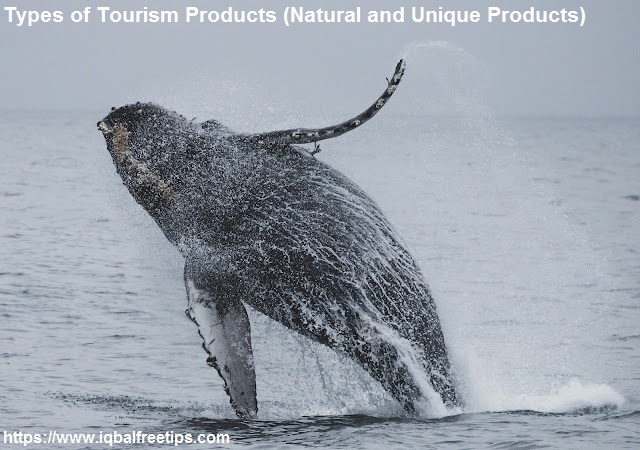 |
| Whale |


